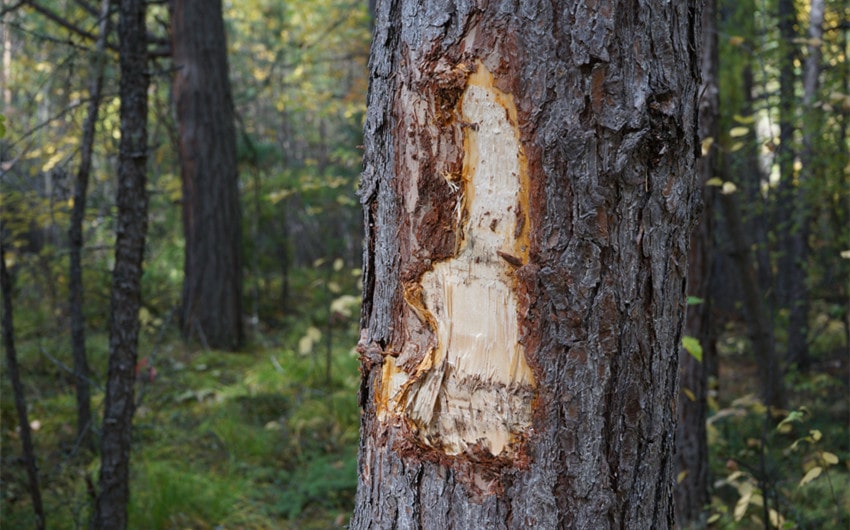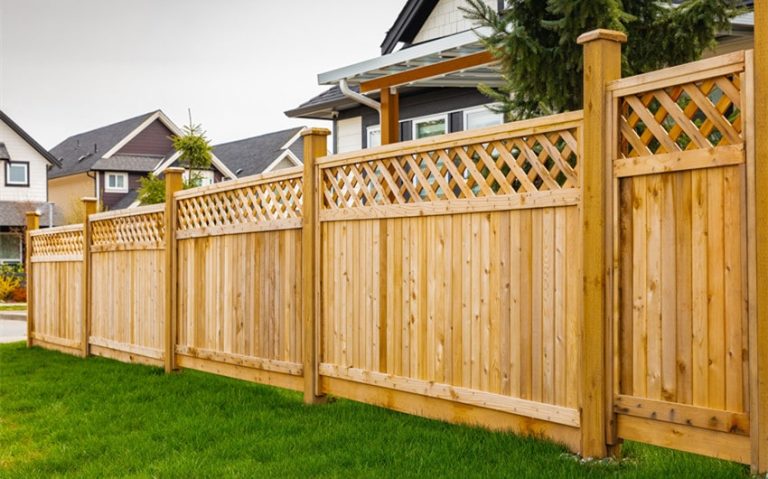10 Key Signs: How to Tell if a Tree is Dying and What You Can Do

Understanding Tree Health

Trees, the majestic sentinels of our environment, embody resilience and longevity, yet they are not invulnerable. Each tree embarks on a journey from a fragile sapling to a robust guardian of the earth, navigating through the cycles of growth, maturity, and eventual decline. This lifecycle, akin to a slow, rhythmic dance with nature, is influenced by an intricate web of factors that can either nurture or challenge their existence.
Environmental conditions play a pivotal role in a tree’s health. Sunlight, soil quality, water availability, and climate conditions are the foundational elements that determine a tree’s vitality. A tree well-suited to its environment thrives, its branches reaching towards the sky in a display of vigor, while those in less than ideal conditions may struggle to maintain their stature.
Beyond the natural elements, human activities significantly impact tree health. Urban development, pollution, soil compaction, and physical damage can stress trees, making them more susceptible to disease and pests. This delicate balance between a tree and its surroundings underscores the importance of mindful coexistence with these gentle giants.
Internally, a tree’s genetics also dictate its potential for growth and resistance to stressors. Some species are innately more robust, capable of withstanding harsh conditions, while others may require more care and protection to flourish.
As stewards of the earth, recognizing the signs of a tree’s distress is our responsibility, allowing us to intervene before it’s too late. Understanding tree health is not just about recognizing when a tree is dying but appreciating the complex interplay of life forces that sustain these vital members of our ecosystem.
Signs of a Dying Tree

Trees, in their silent grandeur, often communicate distress through subtle, yet discernible signs. Recognizing these signals is crucial for timely intervention, potentially saving a tree or ensuring safety if it’s beyond recovery.
1. Cracks in the Bark
Cracks, especially deep ones, in a tree’s bark are not just superficial wounds; they are distress signals pointing towards internal decay or disease. These fissures compromise the tree’s structural integrity, making it susceptible to further damage from environmental stressors like high winds or heavy snow.
Such cracks often serve as entry points for pests and diseases, exacerbating the tree’s decline and potentially leading to catastrophic failure if not addressed.
2. Cankers
Cankers are the tree’s version of open wounds, manifesting as sunken, dead areas on branches or the trunk where bark is missing. Often caused by fungal or bacterial infections, cankers interrupt the flow of nutrients and water within the tree, akin to a tourniquet on a limb. If the canker encircles a branch or trunk, it can effectively ‘choke’ that section, leading to dieback and potentially the death of the tree if the affected area is significant.
3. Bare Patches
The absence of leaves in areas where they should be flourishing is a glaring sign of distress in a tree. These bare patches, particularly noticeable in the growing season, indicate that the tree is unable to support normal foliage development, possibly due to root damage, disease, or environmental stressors.
This lack of leaves not only affects the tree’s ability to photosynthesize but can also signal systemic issues threatening the tree’s overall vitality.
4. Discolored Leaves
Leaves that exhibit unnatural colors or patterns outside of the typical autumnal transition are sending a distress signal. Discoloration can result from a variety of stresses, including nutrient deficiencies, water imbalance, or infection.
Yellowing leaves may indicate a lack of essential nutrients or water, while brown or spotted leaves could suggest a more severe problem, such as a disease or pest infestation, impacting the tree’s health.
5. Mushroom Growth

The emergence of mushrooms or other fungi around a tree’s base or on its trunk is often an ominous sign of root decay or internal rot. These fungi thrive on decaying organic matter, indicating that parts of the tree are dying or already dead. This fungal growth not only signifies a compromised tree but also poses a risk to its structural stability, as decaying roots or trunk can lead to a sudden and dangerous collapse.
6. Peeling Bark
While some trees naturally exfoliate thin layers of bark as part of their growth process, excessive peeling or large swathes of missing bark can be a red flag. This condition exposes the tree’s vulnerable inner layers to environmental elements and pathogens, leading to further stress and decay.
Peeling bark is often a symptom of disease, pest infestation, or environmental damage, and its presence can significantly weaken a tree’s defenses against external threats.
7. Sudden Lean
A tree that suddenly starts leaning can indicate a serious problem with its root system or foundation. This sudden change in posture can be due to soil erosion, root decay, or damage from construction or heavy machinery. A leaning tree poses a significant risk, as the compromised root system may no longer be able to support the tree’s weight, making it prone to falling, especially during severe weather conditions.
8. Deadwood
The presence of deadwood, characterized by dry, brittle branches that lack bark and leaves, is a clear indicator of a tree in decline. Deadwood is not only a symptom of aging but can also result from environmental stress, disease, or pest damage. These dead branches pose a risk of falling, which can be dangerous to people, property, and the tree itself, as breaks can serve as entry points for pathogens.
9. Sap Oozing
Excessive sap oozing from a tree’s trunk or branches, often accompanied by a foul smell, is usually a sign of stress or injury. This sap, while part of the tree’s natural defense mechanism against pests and disease, can indicate an underlying problem when present in large amounts.
Pests like borers, which tunnel into the wood, can cause sap to ooze, and the presence of this sticky substance can attract further insect activity, exacerbating the tree’s problems.
10. Leaf Scorch
Leaf scorch, characterized by brown, crispy edges on leaves, signals that a tree is under water stress, either due to drought, root damage, or soil compaction. It can also occur from over-fertilization, where excessive salts in the soil hinder water absorption.
This condition not only affects the tree’s appearance but also its health, as scorched leaves cannot efficiently photosynthesize, weakening the tree over time and making it more susceptible to other stresses and diseases.
Each of these signs, a whisper in the wind, tells a story of a tree’s struggle for survival. Recognizing these signs early can make a significant difference in the life of a tree, offering a chance for recovery or a safe removal if necessary.
Preventive Measures and Remedies

Conclusion
Understanding how to tell if a tree is dying is essential for the well-being of our environment and safety. Early detection and intervention can save many trees, but it’s equally important to know when to call in experts for trees beyond help. Let’s stay vigilant and care for these towering pillars of our ecosystem.

